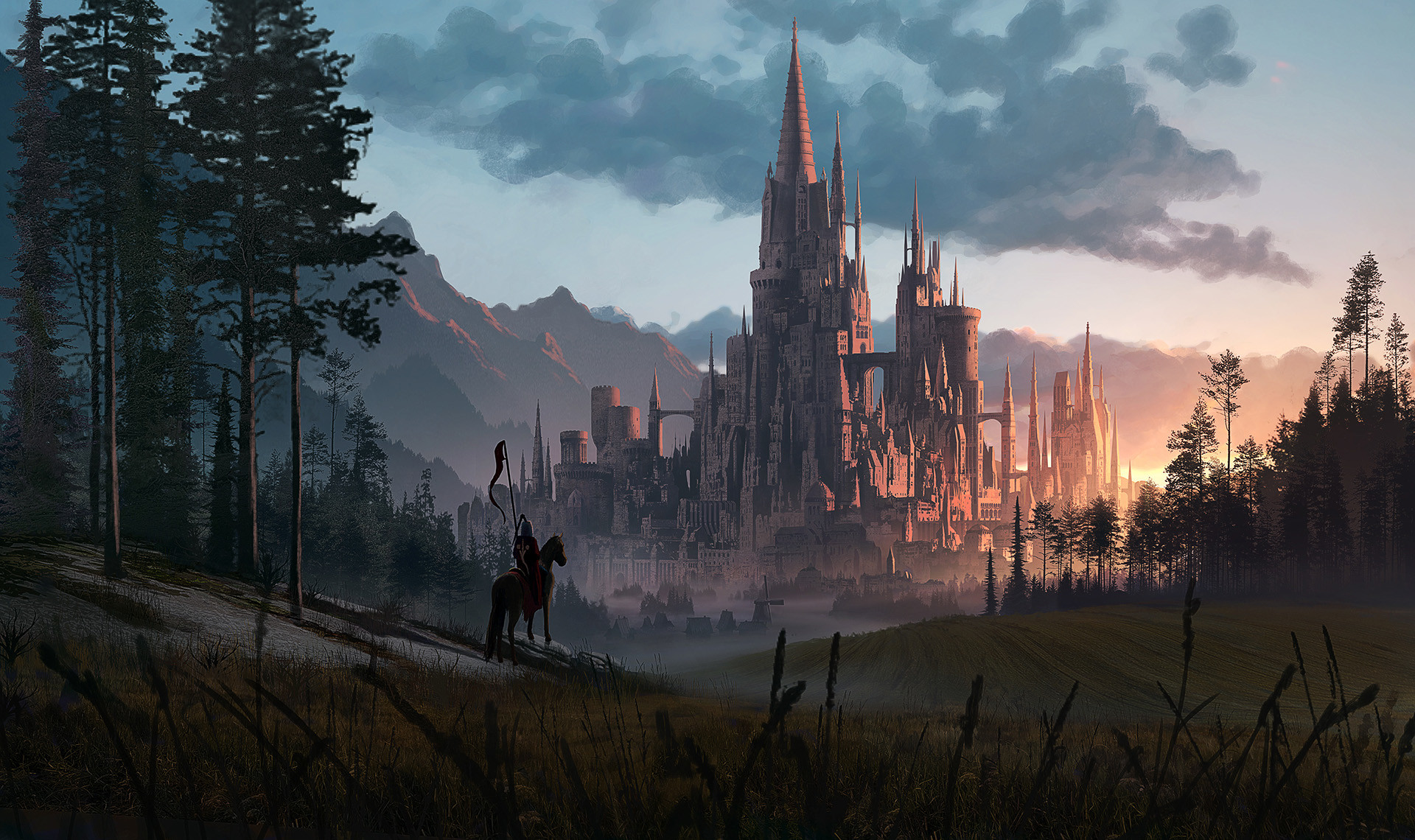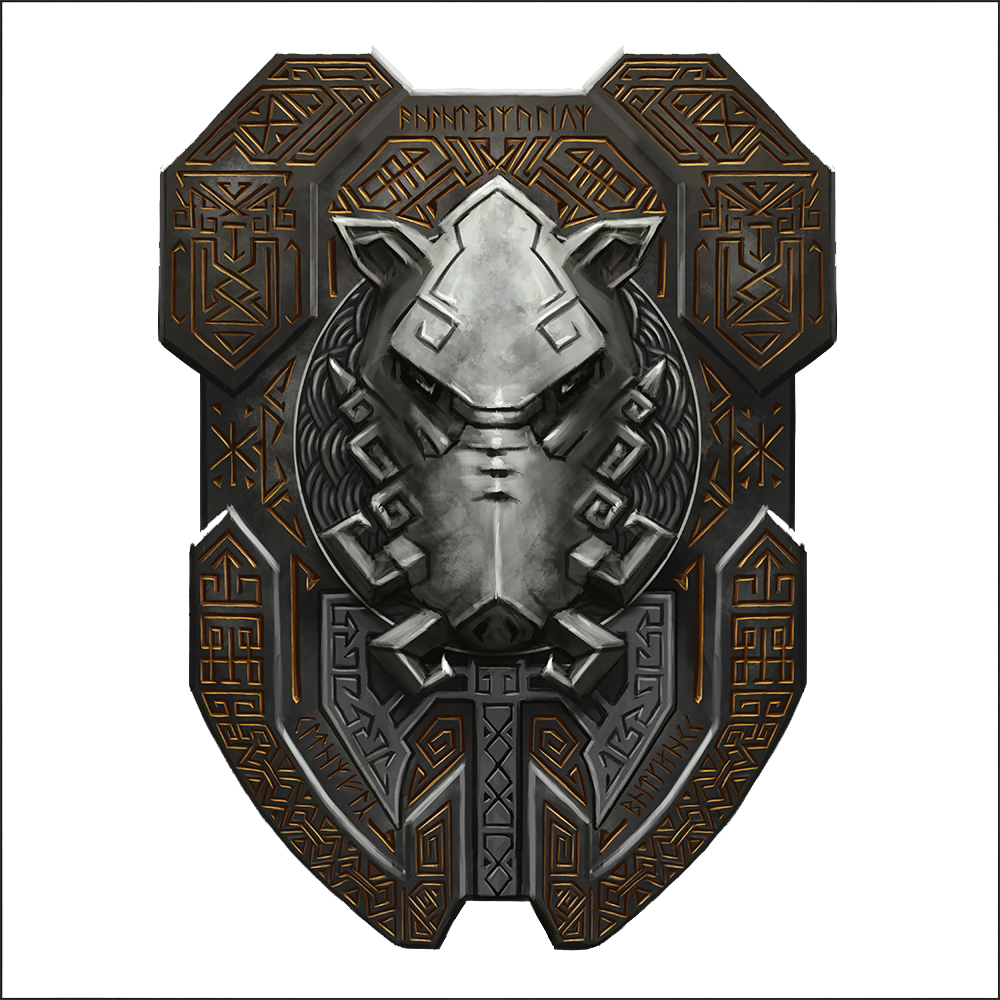Hroffian
Naming Traditions
For most of the humanoid species, the naming conventions are similar to that of their ancestry, but humans in particular typically follow a more regional naming convention adapting from a myriad of different species that have become what they are today. Even so many species that have integrated with Hroff society have begun naming their offspring more Hroffian-type names so it is not uncommon for these names to be shared among many from different cultures and locations.Feminine Names
Aaliyah, Adelita, Adriel, Basia, Bedelia, Beula, Cadence, Caoimhe, Celeste, Dabria, Danuta, Dorothia, Echo, Eria, Eliana, Fleur, Fulia, Gabriella, Gertrude, Gladys, Hera, Hypatia, Ife, Iolana, Izolda, Jazmin, Khadija, Lakshmi, Lavada, Mabel, Malia, Myrna, Naeva, Nura, Oili, Ozella, Persis, Prue, Qianna, Rae, Roos, Ruta, Sable, Shanikka, Szilvia, Tabitha, Terra, Truid, Ulyssa, Usha, Ute, Vana, Vivi, Wera, Wioleta, Xenia, Xylia, Yasmin, Ylva, ZoraMasculine Names
Alastair, Alyc, Andel, Bacchus, Balfour, Belmont, Cael, Callum, Damarion, Eadric, Eamon, Faas, Finch, Gabriel, Gareth, Giles, Halvar, Harun, Icarus, Irwin, Jaryd, Kaden, Lael, Larkin, Lennox, Macario, Malcolm, Matthias, Nemo, Neville, Owyn, Penn, Polonius, Quentin, Quill, Radcliff, Reece, Rhett, Schmidt, Slade, Syd, Tavis, Thurman, Tomlin, Uriel, Uther, Vale, Varick, Virgil, Wade, Webster, Whalen, Xander, Xavier, Xun, Yvon, ZaanUnisex Names
Abbey, Addison, Aidan, Aquila, Bai, Binh, Caelan, Chante, Dale, Dee, Derya, Elah, Emery, Ennis, Folami, Gale, Harper, Hayden, Iman, Jaden, Jezreel, Kai, Kalua, Ki, Lei, Lim, Logan, Lux, Madison, Makani, Marion, Nakia, Nat, Nyx, Odell, Ora, Ori, Perl, Piper, Quinn, Rain, Raven, Rowan, Sage, Sky, Tai, Tal, Trinidad, Umut, Val, Vinh, Wen, Wook, Wren, Yan, ZanFamily Names
The family names of Hroffian usually take from the father's name in a capacity of "son of" or "daughter of". This is passed down through the generations and is morphs into a condensed form of it. For instance, if a father of importance is named Bacchus, the son's last name might become Bacchusson, which throughout the years might evolve into the name Busson.Other Names
Another common surname for people are simply titles or professions like Swordbreaker or Alebrewer. This is especially common among orphans and people who wish to disassociate with their families.Culture
The culture of Hroff is extremely diverse due to the many gods of the Oryth Pantheon. So long as their traditions and practices do not cause harm to another, the practices are permitted. This has caused Hroff to be a focal point of Oryth, with many immigrating from less tolerant cultures to set up roots in a country of acceptance and tolerance.Major Language Groups & Dialects
The language most widely spoken among the Hroffian people is Tof'kran Common. There are lesser dialects among not only the differing regions of Hroff but also the higher and lower classes. However, with the semi-recent rule of High King Zook Taren, his fashion of speaking has been adapted by many who adore the new gnome king, though many dwarves are still quite pigheaded "pun intended" to see a gnome sitting atop a dwarven throne.Languages native to specific races are spoken widely among their respective people, but most citizens of Hroff speak Tof'kran for sake of trade and easy communication with people outside of their cultural norms.
Culture & Cultural Heritage
The culture of Hroff is a culmination of several different cultures and beliefs originating long before the formation of the Hroff Alliance. Each and every cultural tradition is considered precious to Hroff as a whole for freedom of expression and worship are one of the founding principles of the Hroffian people.Shared Customary Codes & Values
Honesty is one of the most cherished values among the Hroffian people as well as a hard-earned day's work. It is commonplaced to reward people with coinage or gifts for especially well-received service or favor and unnamed favors being some of the most significant of gifts available.Average Technological Level
Through the engineering of the gnomish people, technology has begun to take hold among the Hroffian people. Through the development of firearms in their neighboring continent of Tok, spies from Hroff have managed to smuggle the plans into their own country and equipping some of their elite officers with said weapon. High King Zook has actually helped in the development of the very first six-shot pistol he has dubbed the Court's Adjourned.Aside from firearms, the most significant technological advancement is the development of airships which combines technology and magical abilities into a coexisting vehicle of military force. There are small merchant trade ships that have adopted this design as well, but those are few and far between and the majority of the airships are reserved for military use.
Common Etiquette Rules
The common etiquette of the Hroffian culture is simply Treat people the way they wish to be treated. It is commonplace to tip your waiters and tenders, to eat with your mouth closed, to shake hands upon greeting someone, and to wipe your feet off before entering a home.Common Dress Code
There is no real dress code of Hroff. Most will just wear clothing that is comfortable or suitable for the job at hand. Lounging attire is comfortable, where work clothes are more rugged and fighting equipment tends to be heavy and protective.Art & Architecture
Art in the land of Hroff is far and wide-ranging from sculptures to landscapes to flower arrangements and zen gardens to dance and song. The Hroffian people use art to truly express themselves and many embrace a hobby as a means to unwind after a long and hard day's work.Due to the origin of Hroff a mixture of humans, gnomes, and dwarves, the architecture is a myriad of stunning stonecutting, engineering, and ease of travel. There are many monuments to the various and extensive pantheon of Oryth and shrines to the various elements. The larger cities of Hroff are a marvel to look upon with giant stone castles, flying airships coming in and out of port, and races from all walks of life and cultures.

Art By: Tarmo Juhola

Art By: Steve Bellshaw
Ideals
The ideals of the Hroffian people are truly in the eyes of the beholder as many are attracted to different levels of beauty, genders, and relationships through its lands.Beauty Ideals
As stated above, what is considered beautiful varies greatly from person to person, but generally, there are those that are considered objectively beautiful by the populace of Hroff. In masculine people, a more athletic build is sought after as it shows the willingness or work and gets their hands dirty, though in higher classes, more rotund people tend to be attractive due to the association obesity tends to have with wealth. If they are able to afford to indulge in food more than an everyday person, then they are often thought to be at least generally well-off.The more feminine people, though people tend to prefer curvacious qualities and more Rubenesque quality about them. Femininity is often shown with loose-fitting clothing of fine silks and slightly transparent cloths to reveal more of their natural curves and body shapes.
Gender Ideals
The Hroffian people are understanding of the spectrum of various different genders. Though eyes can often deceive and accidental misgender does occur, this is often remedied with a bit of correction. Many will try to dress more feminine or masculine depending on what they identify, but this is not necessarily a rule and most people tend to be cautious about assuming someone's gender identity. It is not uncommon for someone attempting to become acquainted with another person to ask what their preferred pronouns are even if it may look obvious to some.
Art By: Shon2
Courtship Ideals
Unlike many other cultures throughout Oryth, courtship and marriage are almost always between parties that love one another. Within the last few centuries, polyamorous weddings have been recognized officially by the Hroffian Alliance, and all the benefits and accommodations enjoyed by married couples have been passed onto these multi-personed unions. Though polyamorous marriages have never been illegal per se, only two people were able to request assistance from the governing bodies of Hroff.Relationship Ideals
In Hroff, love is love and nothing should stand in its way. The Day of Affection is one of the most widely celebrated days throughout the continent and relationships of all kinds are more than just permitted, but embraced by the Hroffian culture. No matter the gender or lack thereof, as long as the relationship is consensual, then it will arouse very little disdain throughout the region.Major Organizations
The Hroff Alliance is the largest of the organizations in Hroff due to the demand needed to fight off the tyrannical Tok Empire though there are many other esteemed organizations through the region. One of the biggest magical schools in Hroff is known as the Alandis Institute of Magic or AIM for short.Remove these ads. Join the Worldbuilders Guild




Comments